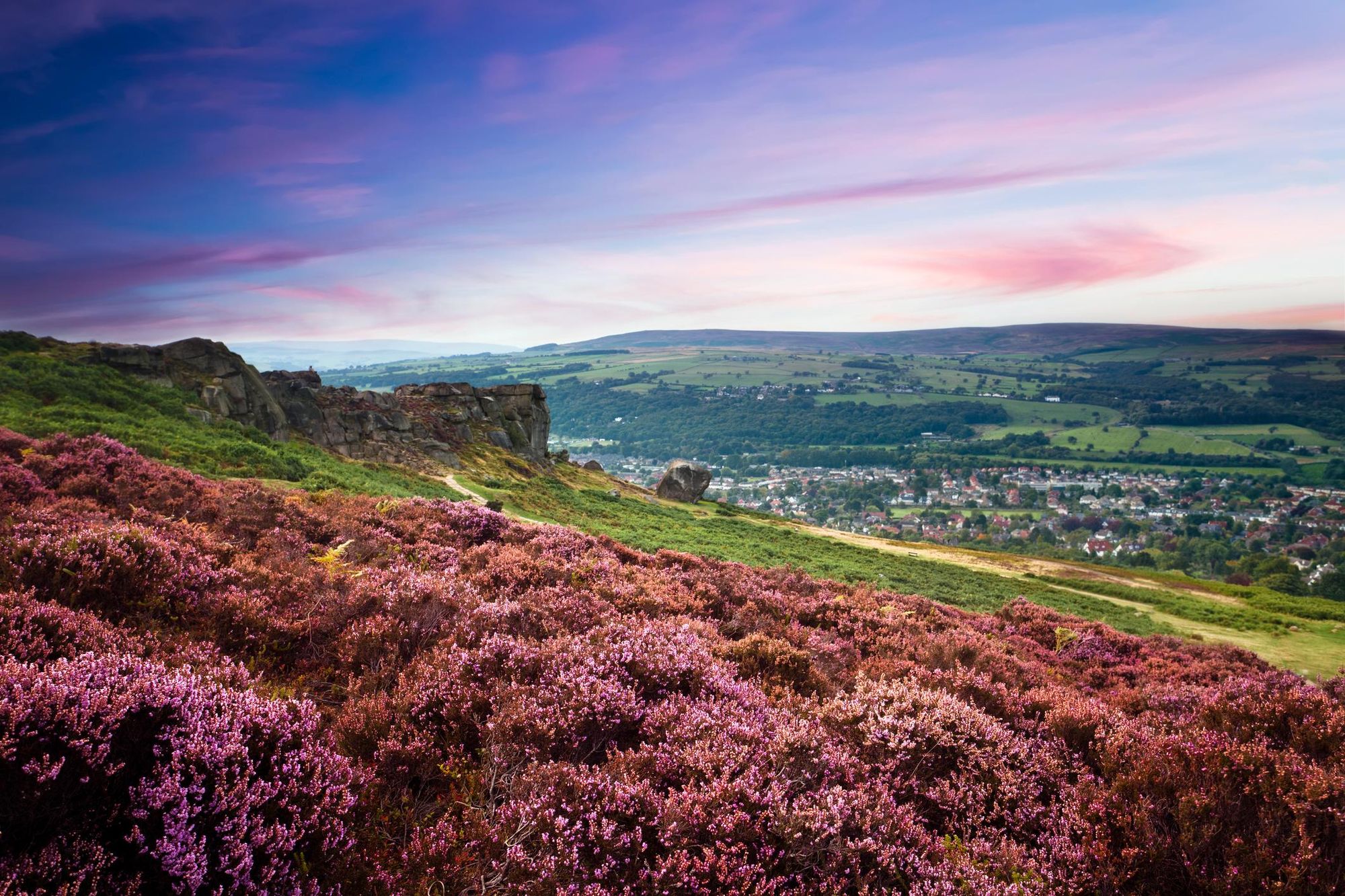One of Britain’s largest and most nature deprived cities is set to benefit from the creation of a huge new national nature reserve - the Bradford Pennine Gateway National Nature Reserve (NNR).
Reversing the historic declines in nature and moving toward ecological recovery requires bigger, better and more joined up areas for nature to thrive...
In the rolling uplands where Emily Brontë once conjured the wild passion of Wuthering Heights, a new chapter in Britain’s natural heritage is being written. On the moorland doorstep of Bradford, the newly designated, 1,274-hectare nature reserve is part of the King’s Series of National Nature Reserves - a royal initiative aiming to establish 25 new or expanded sites by 2027. It will be the first of its kind in West Yorkshire, stretching across eight interlinked nature sites in the Bradford and the South Pennines region.

“Reversing the historic declines in nature and moving toward ecological recovery requires bigger, better and more joined up areas for nature to thrive,” says Tony Juniper, Chair of Natural England. “The opening of this reserve is an important moment in this journey, marking a significant achievement in our efforts to protect and enhance the natural environment.
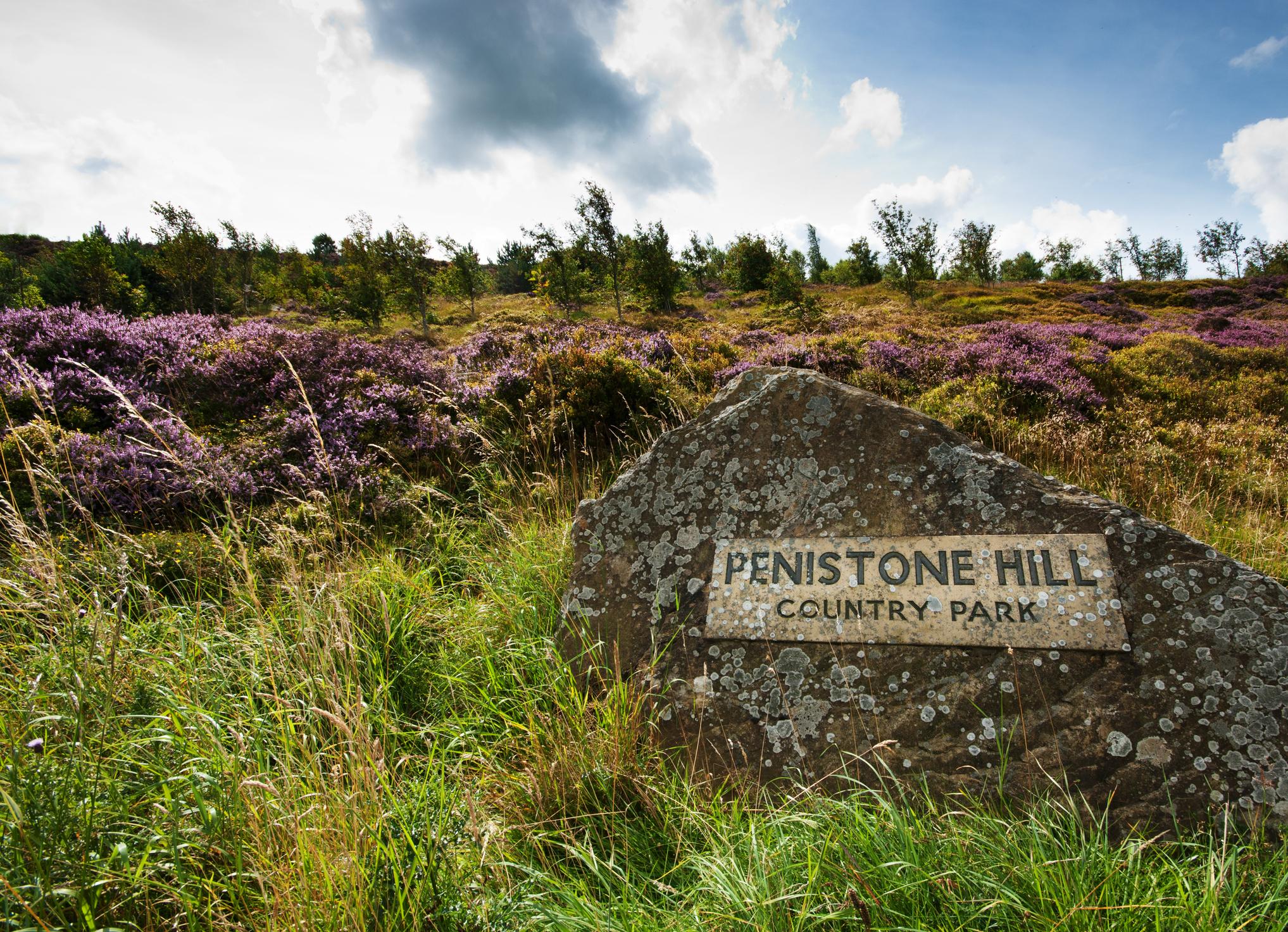
“By working with local partners providing accessible Nature near to urban areas, we are fostering a deeper connection between communities and nature, promoting wellbeing and inspiring the next generation to support biodiversity recovery.”
The Bradford Pennine Gateway NNR is twice the size of Ilkley Moor and includes some of the most iconic terrain in Brontë Country. Haworth’s Penistone Hill Country Park - a brisk walk from the Brontë Parsonage Museum - forms part of this sweeping expanse, linking the romanticism of literature to the realism of modern conservation.
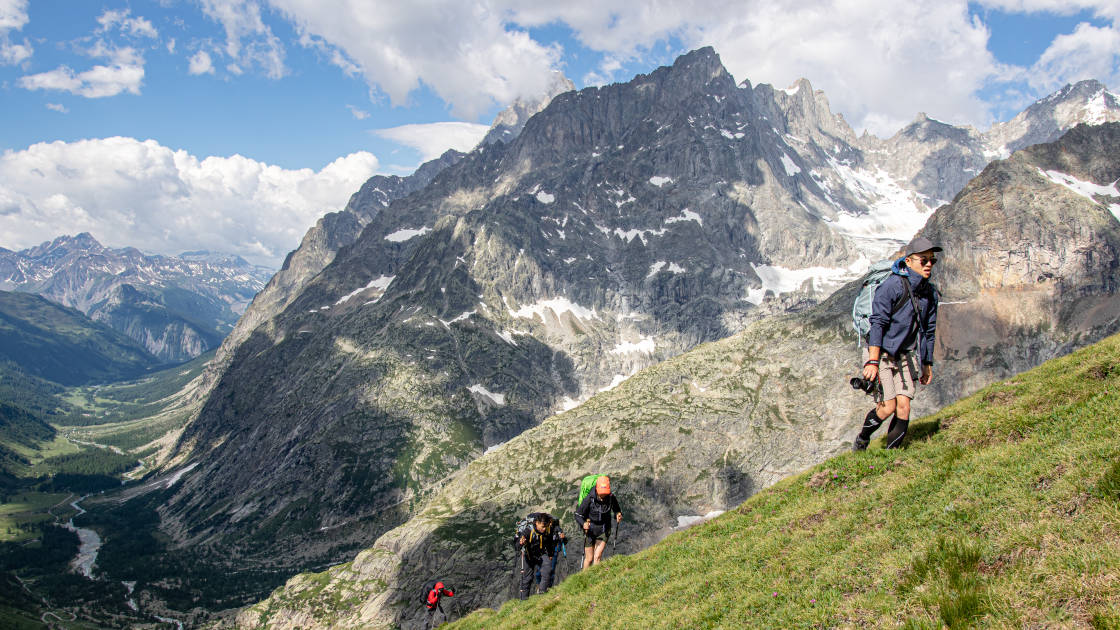
But the landscape isn’t just rich in cultural history; it’s ecologically invaluable too.
Around 90% of the reserve comprises UK priority habitats, including peat bogs, heathland, and wetland, all of which are natural assets vital for biodiversity, carbon storage, and flood prevention. Crucially, 42% of the area will now be newly-protected, with 738 hectares designated as a Site of Special Scientific Interest (SSSI). That means better habitats for species like curlew, adders, short-eared owls, and the elusive golden plover.
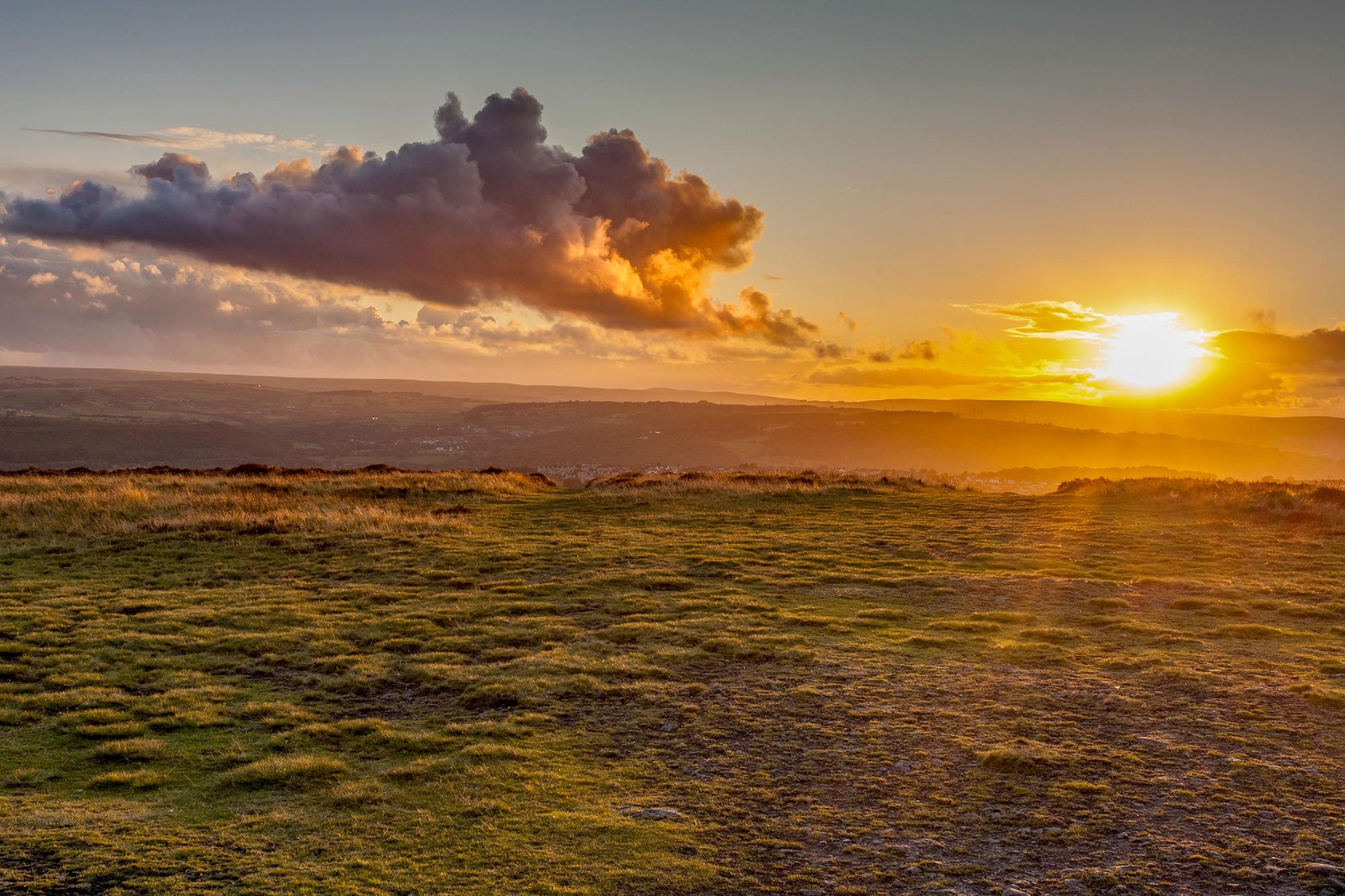
The significance of this reserve lies not only in its natural assets but in its location: on the threshold of Bradford, one of Britain’s youngest, most diverse, and often most overlooked cities. With a population of over half a million and a vibrant cultural fabric, Bradford stands in stark contrast to the rural expanses just beyond its urban edge. By placing a National Nature Reserve so close to an urban centre, the project hopes to break down long standing barriers to countryside access, especially for young people and under-served communities.
Around two thirds of our district is rural, and we boast unique and breath-taking scenery.
“We are delighted that Bradford has such an important role in the national roll-out National Nature Reserves across the country, being the first in West Yorkshire,” said Cllr Alex Ross-Shaw, Bradford Council’s Portfolio Holder for Regeneration, Planning and Transport. “Around two thirds of our district is rural, and we boast unique and breath-taking scenery. The creation of the Bradford Pennine Gateway National Nature Reserve ensures that these sites are protected and accessible for everyone in our district and beyond.”
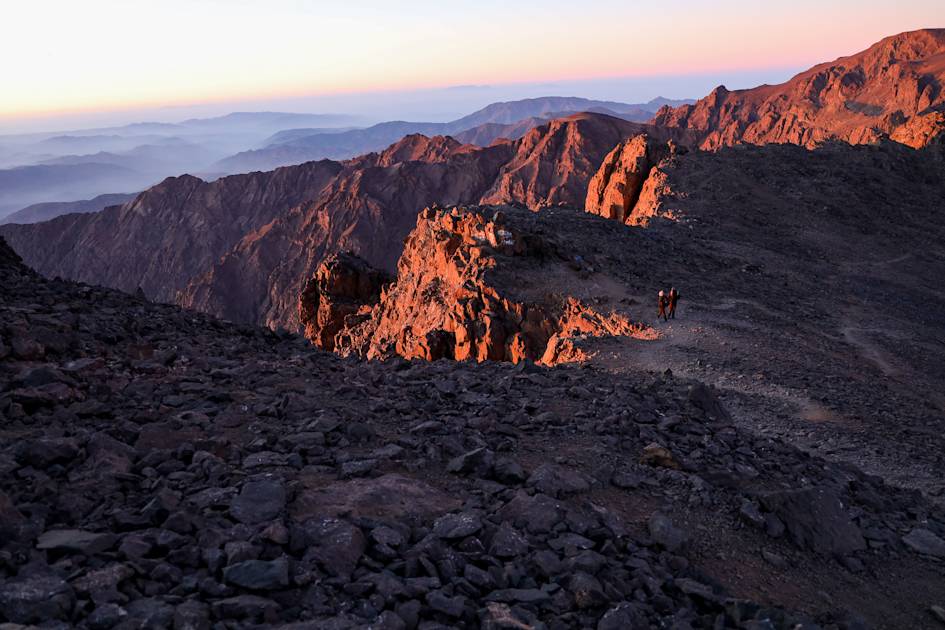
Fittingly, this green renaissance aligns with Bradford’s status as the UK City of Culture 2025. The reserve will serve not just as a sanctuary for wildlife but as a stage for cultural expression, education, and community engagement. Plans are already in motion to integrate the reserve into local university and college curricula, offering students hands-on opportunities for fieldwork and environmental research. With its complex blend of moorland, wetland, and upland ecosystems, the reserve is a living laboratory for ecology and climate science.
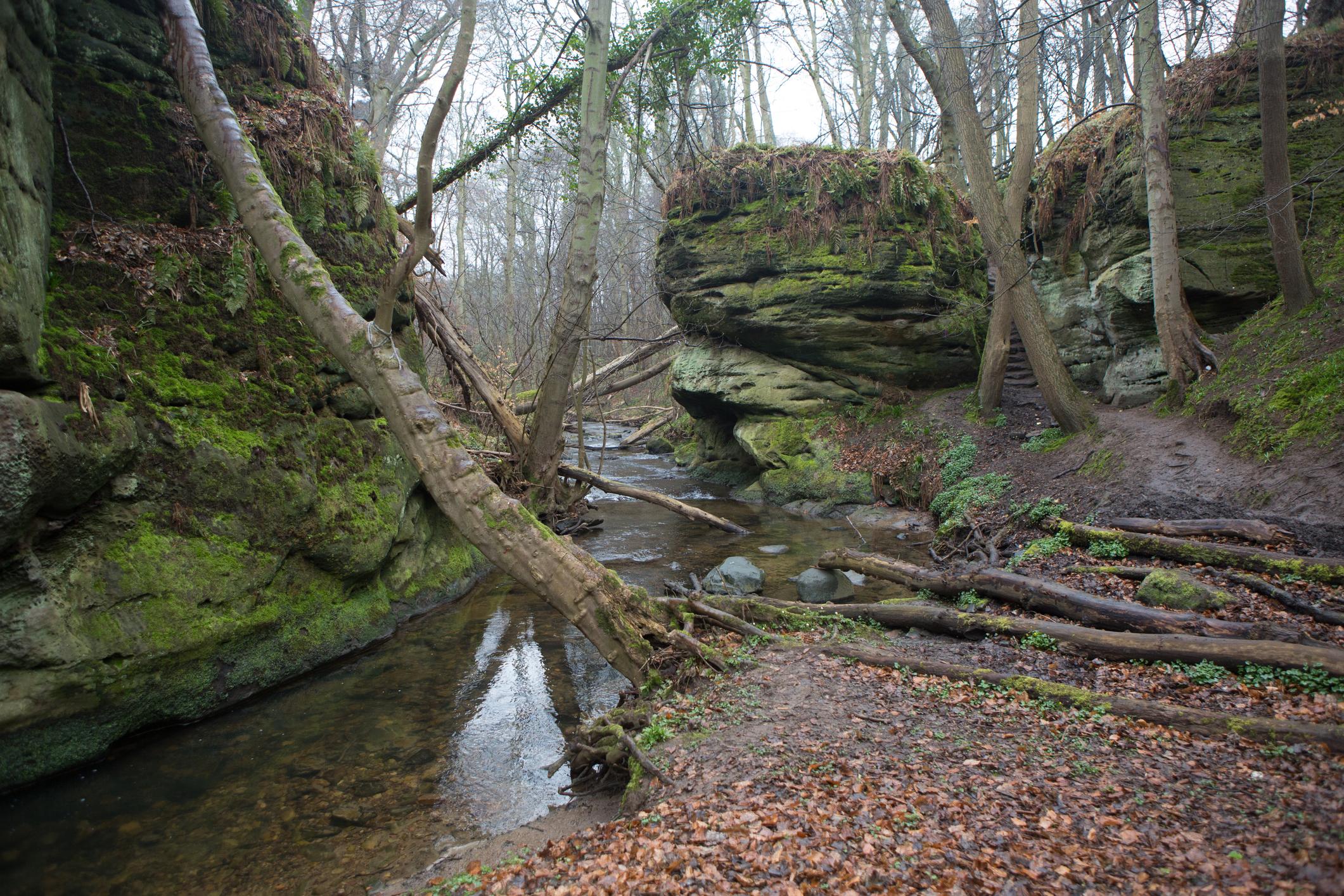
As part of the South Pennines Special Protection Area (SPA) and Special Area of Conservation (SAC), the NNR contributes to a national effort to connect fragmented habitats across the country. This ecological continuity is critical in meeting the UK’s target of protecting 30% of land for nature by 2030, a goal aligned with international climate and biodiversity commitments.

For visitors, the reserve offers a chance to walk in the footsteps of the Brontë sisters, tracing the windswept contours of a landscape that once inspired literary masterpieces. For locals, it’s a powerful new reminder that wild beauty and biodiversity aren’t confined to the pages of history or the far-flung countryside. Sometimes, they begin just beyond your doorstep.
Inspired? Check out our range of adventure holidays in the UK!

